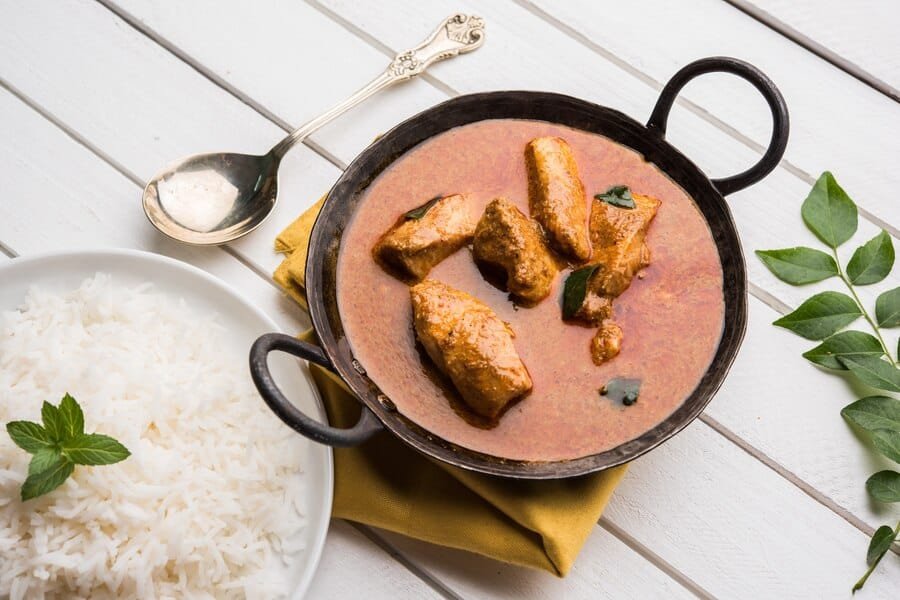
Asian cuisine offers a rich tapestry of flavors, textures, and colors, with vegetable stir-fries standing out as a versatile and healthful choice. These dishes are celebrated for their quick preparation, nutritional benefits, and the ability to showcase a variety of fresh vegetables. Whether you’re a seasoned chef or a home cook, mastering the art of Asian vegetable stir-fry can elevate your culinary repertoire.
Read Also:
- Quick Weeknight Dinner Ideas for Busy Families: A Comprehensive Guide to Stress-Free Meals
- Easy One-Pot Meals: A Complete Guide for Beginner Cooks
- 30-Minute Healthy Dinner Recipes: Quick, Nutritious Solutions for Busy Lives
- Delightful No-Bake Desserts: Simple Recipes for Sweet Treats Without Turning On the Oven
The Essence of Asian Vegetable Stir-Fry
At its core, an Asian vegetable stir-fry involves cooking a medley of vegetables over high heat, typically in a wok, with minimal oil. This method preserves the vegetables’ crispness and vibrant colors while infusing them with the aromatic flavors of garlic, ginger, and a savory sauce. The beauty of stir-frying lies in its adaptability; you can tailor the dish to your taste preferences and seasonal produce availability.
Selecting the Right Vegetables
The choice of vegetables is crucial in creating a balanced and flavorful stir-fry. Here are some popular options:
Broccoli Florets
Rich in vitamins and minerals, broccoli adds a delightful crunch and absorbs sauces well.
Bell Peppers
Available in a spectrum of colors, bell peppers provide sweetness and a pop of color.
Carrots
Their natural sweetness and vibrant orange hue enhance both flavor and visual appeal.
Snow Peas
With a subtle sweetness and crisp texture, snow peas are a classic stir-fry ingredient.
Mushrooms
Mushrooms offer an earthy flavor and absorb the stir-fry sauce beautifully.
Feel free to experiment with other vegetables like bok choy, zucchini, or baby corn to suit your taste.
Crafting the Perfect Stir-Fry Sauce
A well-balanced sauce is the heart of any stir-fry. Here’s a simple yet flavorful recipe:
Ingredients:
- 3 tablespoons soy sauce
- 2 tablespoons oyster sauce
- 1 tablespoon rice vinegar
- 1 tablespoon hoisin sauce
- 1 teaspoon sesame oil
- 1 teaspoon cornstarch (optional, for thickening)
- 1 teaspoon sugar
- 1/2 teaspoon freshly ground black pepper
Instructions:
- In a bowl, whisk together all the ingredients until well combined.
- If using cornstarch, dissolve it in a tablespoon of water before adding to the sauce mixture to prevent clumping.
- Set aside until ready to use.
This sauce balances salty, sweet, and umami flavors, complementing the natural taste of the vegetables.
Step-by-Step Guide to Preparing Vegetable Stir-Fry
- Preparation:
- Wash and dry all vegetables thoroughly.
- Cut vegetables into uniform pieces to ensure even cooking.
- Mince garlic and ginger finely to release their flavors.
- Cooking:
- Heat a wok or large skillet over high heat until hot.
- Add a tablespoon of oil with a high smoke point, such as vegetable or peanut oil.
- Sauté garlic and ginger for about 30 seconds until fragrant.
- Add the vegetables starting with the ones that take longer to cook (e.g., carrots, broccoli) and stir-fry for 2-3 minutes.
- Add quicker-cooking vegetables (e.g., bell peppers, snow peas) and continue to stir-fry for an additional 2-3 minutes.
- Pour in the prepared sauce and toss to coat the vegetables evenly. Cook for another 1-2 minutes until the sauce thickens and the vegetables are tender-crisp.
- Serving:
- Transfer the stir-fry to a serving dish.
- Garnish with toasted sesame seeds or chopped green onions if desired.
- Serve immediately with steamed rice or noodles.
Tips for a Successful Stir-Fry
- High Heat: Cooking over high heat ensures quick cooking and helps retain the vegetables’ crispness.
- Uniform Cutting: Consistent vegetable sizes promote even cooking.
- Pre-Preparation: Have all ingredients ready before starting to cook, as stir-frying is a fast-paced process.
- Avoid Overcrowding: Cook in batches if necessary to prevent steaming the vegetables.
Nutritional Benefits
Vegetable stir-fries are a powerhouse of nutrients, offering a variety of vitamins, minerals, and antioxidants. The quick cooking method helps preserve these nutrients, making stir-fries a healthful addition to any diet. Incorporating a diverse range of vegetables can contribute to a balanced intake of essential nutrients.
Common Questions About Vegetable Stir-Fry
1. Can I use frozen vegetables for stir-fry?
Yes, frozen vegetables can be used, but it’s best to thaw them and pat them dry to avoid excess moisture, which can lead to soggy stir-fry.
2. How do I prevent my stir-fry from becoming soggy?
Ensure your wok or pan is hot before adding ingredients, and avoid overcrowding the pan. Cooking in batches can help maintain the desired texture.
3. Can I add protein to my vegetable stir-fry?
Absolutely. Adding proteins like chicken, beef, tofu, or shrimp can make the dish more substantial. Cook the protein separately and add it back in with the sauce to ensure even cooking.
4. How can I adjust the spice level of my stir-fry?
To increase spiciness, add fresh or dried chilies, chili paste, or a dash of hot sauce. Adjust according to your heat tolerance.
5. Can I prepare the stir-fry sauce in advance?
Yes, the sauce can be prepared ahead of time and stored in the refrigerator for up to a week. This allows the flavors to meld and can save time during meal preparation.


